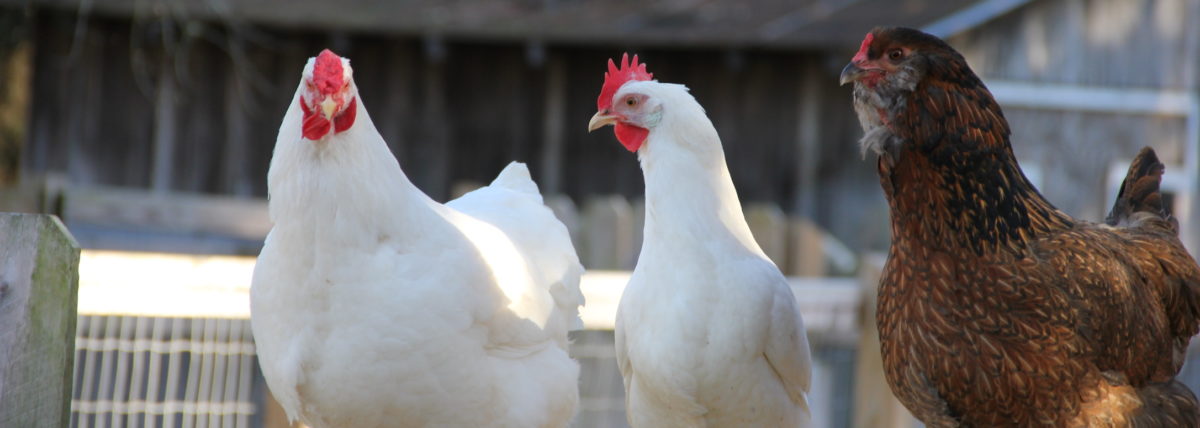The garden is mostly planted. We’re waiting a week or so to plant a few more short rows of corn and beans. The varieties we like (Silver Queen corn and Roma beans) come in all at once, so spacing them out helps lengthen the fresh consumption period. We stopped trying to preserve corn and beans a couple of years ago, since canning, or even freezing, takes a lot of work and we often ended up forgetting about them later. We’d look in the pantry and find a five-year-old jar of green beans or in the bottom of the freezer and find three giant, ice-encrusted cornburgs.
So, now we eat as many as we can while they’re fresh and give the rest away.

The big project this spring was renovating and expanding the front garden, what we call the “well garden” because it’s down by the well. It turned out quite nice. We now have two fenced in areas down there. The old one is about 18′ by 20′ and the new one is about 24′ by 26′. Both contain raised beds that we use mostly for herbs and vegetables and have raised beds around the outside of the fence for flowers.
We’re migrating our main garden vegetables to the well garden because of easy access to water and good light. The soil in the main garden, near the barn, is better–deeper, less rocky, and more friable–but the trees on both the east and west boundaries are getting so tall that they’re cutting into the available sunlight in both the morning and evening.
Also, our chickens live near the main garden, and in the afternoon when we let them out to roam, they hop the fence and scratch around. That’s not a problem after the plants have gotten fairly large, but in the spring one good dirt bath can tear out an entire row of cucumbers.


Baby Yellow Squash 
Lettuce and arugula (thanks Obama), with chives in the background
“Heirloom” Flowers
I’m not generally a sentimental kind of guy, except when it comes to plants. I have flowers that I’ve moved from house to house for almost thirty years. Last year, I wrote about a Christmas cactus that came from a plant I remember sitting on my Aunt Noma’s back porch when I was a kid, almost 60 years ago. It still blooms (or its offspring does) every year.
I also have a few patches of false dragonhead (a.k.a. obedient plant) that I got from friends in the early 90s. The friends long ago moved away, and I’ve moved several times, but I keep digging up starts and taking them with me. And they thrive every time I move them, no matter the conditions.
Below are a couple of pictures of a columbine that I bought from Lowe’s ten or twelve years ago and planted at our previous house in Lebanon, where it still lives, I think. I brought a start here six or seven years ago, and now it’s living up near the barn, in a bed next to a hydrangea that I got from my sister, who got her start from mom. (Mom was the source for most of my “heirloom” plants.)

A Great Year for Irises
A lot of the plants I’ve moved from house to house are irises. Partly that’s because irises transplant well and partly that’s because like so many other people, I love them.


Below are some shots of irises that we inherited when we moved in and that we’ve planted over the past couple of years–thanks to Sherry, Jennifer, and Davina for the rhizomes. Most of them didn’t bloom this year because I got them in too late, but they are doing well and will bloom next year.




Wild Flowers
It’s been a good year for wild flowers as well. The first summer we lived here, the entire hill in front of the house was filled with Queen Anne’s Lace. For several years after that, we kept it mowed so the sheep and goats could graze on it, but now that we are reducing the number of sheep and goats, we’re letting it revert back. It’s easier to maintain, and it’s good for the insects and small animals.


I have thing for thistles. I like to let them bloom before cutting them down. So, at this time of year, they are growing up along the driveway, down by the pond, in the marsh. There’s a six foot tall one along the garden fence.
Unfortunately, Vanessa doesn’t share my thing for thistles. Oh well, I say, it takes all kinds….




